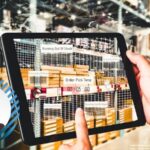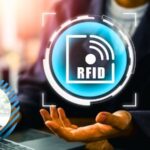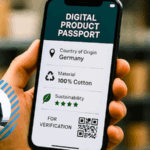And do such solutions use active or passive technology?
—Name withheld
———
There are many different types of RFID systems employed worldwide, but generally speaking, a device used in cars for toll-collection purposes would be an active transponder that stores a unique serial number associated with a user’s personal account. Many systems include a passive tag in the device as well. When the passive tag comes within range of a reader, it tells the sleeping active tag to wake up and broadcast. This saves battery life, by allowing the active tag to broadcast only when within range of an interrogator.
Here’s how such a solution would work: A car pulls up to a lane with an automated toll-collection system. The passive reader in the toll booth constantly emits a signal instructing any transponders that enter the read field to wake up (some systems use an electronic eye to determine when a car has entered the booth). The active tag in the car (usually affixed to the windshield) activates and broadcasts, say, serial number 12345678.
A reader antenna is usually mounted above the lane. It receives the transponder’s signal. The serial number is routed through a local area network to a computer, which usually sends the serial number, along with toll-location and perhaps lane information, to a centralized computer that stores the driver’s information. The system then matches the ID number to an account and decrements that account by the appropriate amount of money.
Note that some toll-collection systems are now moving to passive ultrahigh-frequency (UHF) technology. The advantage is that passive UHF technology is cheaper, and would not require replacement due to a dead battery, since passive tags are battery-free.
Most systems did not previously utilize passive tags, which were insufficient to ensure 100 percent read rates. But the technology has now improved to the point at which some transportation agencies—in Georgia, Denver, Utah and Washington State, for example—have begun using it. With passive technology, the reader emits energy that energizes the tag, which then reflects back a signal with the encoded serial number (see Efforts to Aid Adoption of ISO 18000-6C RFID for Toll Collection Move Forward and Washington State’s Toll Collector Trials RFID-enabled Phone Tag, App).
—Mark Roberti, Founder and Editor, RFID Journal








